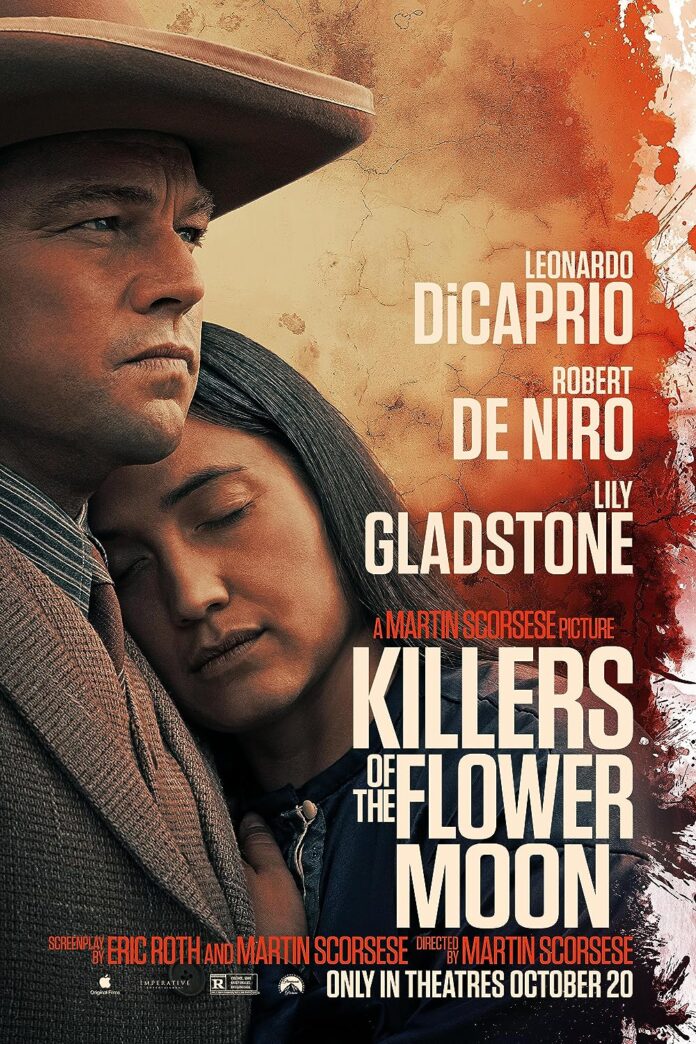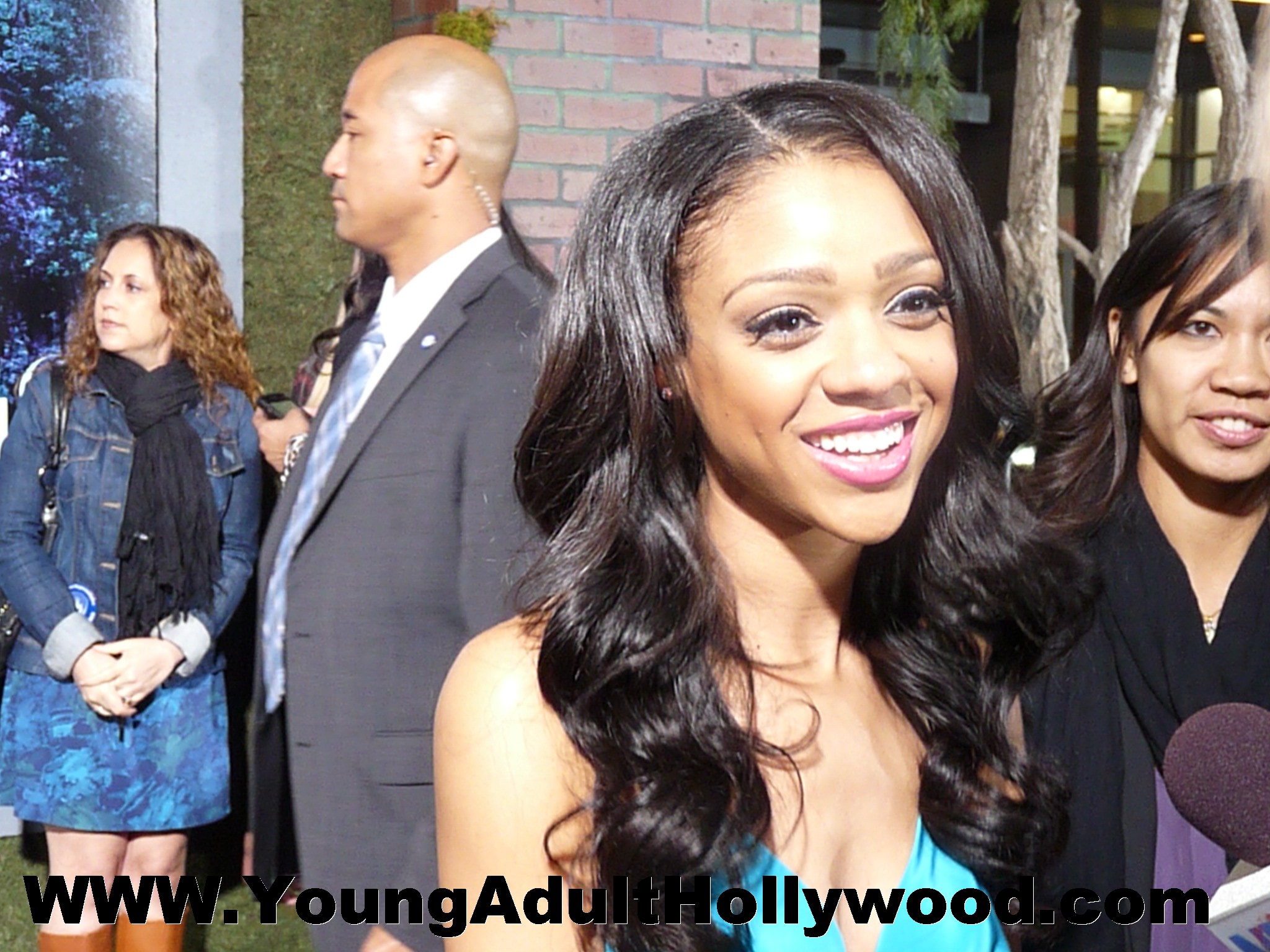Rating: 4/5
Synopsis:
Martin Scorsese teams up with Leonardo DiCaprio and Robert De Niro to bring us his latest crime thriller. The story is set in 1920’s Oklahoma, where oil is discovered on the Osage Nation’s land. Once word of the oil spreads, new groups of outsiders become interested in acquiring the wealth from the Osage. Murders of the tribe start taking place, so the FBI must step in and investigate who is committing them.
Positives:
Anytime a Scorsese film comes along, my inner film snob comes to the surface. His stories have impacted the movie industry for decades. I believe he is one of the finest filmmakers to ever hold a camera. But where does “Killers of the Flower Moon” rank on his list of filmography? On my personal list, it isn’t a favorite. But I do believe it is an expertly crafted film with a potent message. This is a story that takes its time peeling back the layers, embracing the slow burn while maintaining high stakes. Each scene feels relevant as the story is told from multiple perspectives. We often see Ernest Burkhart’s point of view, the troubled man who doesn’t always have the best decision-making skills. His presence as the pawn proves to be an effective tool in examining each side of the story. He’s perfectly placed in-between his Osage wife, cunning uncle, and FBI agents. This allows us to observe all parties involved and how they perceived the events. Scorsese tinkered with this as the book was mainly from the FBI’s point of view.
I enjoyed seeing Mollie’s perspective as well. She is arguably the most important piece of the story as much of the wealth and power is associated with her family. Her relationship with Ernest is complex, having a toxic central foundation but showcasing undeniable love. It’s the performances of Lily Gladstone and Leonardo DiCaprio that build this complex dynamic. Each is committed to telling Mollie and Ernest’s story to a degree that humanizes them both, while equally acknowledging where they go wrong in the relationship. But the performance to highlight is Robert De Niro’s. He brings such a chilling persona to William Hale’s character. Hale is one of those villains that blend into the community around him, hiding in plain sight. But his plan is patient, meticulous, and calculated. The fact that he speaks the Osage language and has connections within the community makes his threat even more elaborate. He is truly a wolf in sheep’s clothing.
Scorsese seems to revel in long runtimes for his films. Most of the time I believe they are justified and allow him to further explore the ideas and themes he wants to. I’d say “Killers of the Flower Moon’s” is mostly justified, but I do wish it were shorter. The nearly three-and-a-half-hour runtime wastes no time providing context and insights from many different characters. Scorsese is a champion of pacing long films to make them palatable for audiences of all kinds. The film is very detail oriented, transporting audiences to a different era through the set design. I felt like I was back in the 1920s with the costumes, Old West architecture, and rolling plains of Oklahoma. No doubt attention to detail was paid when crafting the setting of this story.
Negatives:
As much as I wanted to crown “Killers of the Flower Moon” a masterpiece, I don’t think it quite reaches that level of prestige. There are two areas that hold it back from reaching the heights of Scorsese’s other filmography. The first would be the perspective in which the story is told. While I appreciated the multifaceted exploration of the characters, I believe telling this story from the FBI’s perspective would have made for a more effective film. The book examines the story form this angle, which would have made the mystery aspect stronger. Scorsese instead opts to focus on the Native American point of view most of the time. This is an admirable approach and helps audiences understand a largely overlooked perspective. But from a strictly observational standpoint, the investigation aspect of the story as largely missed. The villains of the story are instead laid out right away, creating a sense of complacency amongst the audience. A story like this could have used the mystery and investigation side to make it more engaging (especially with the runtime), but instead Scorsese chooses to make it more of a character study. Both are good, but a “whodunit” element might have elevated the story just a bit.
The other piece that could be adjusted is the runtime. It’s no secret that Scorsese is bucking the trends of modern cinema by creating old school stories with elongated runtimes. I’m thrilled that we still have filmmakers like him, but a runtime this long can be exhausting. At nearly three and a half hours, the rewatch value of “Killers of the Flower Moon” is nearly nonexistent. For films as rich and detail oriented as this, I usually like to revisit it two to three times to make sure I have grasped the story completely. Here, I don’t see myself revisiting it very much as the film’s runtime is egregious. If audiences are seeing long movies like this in the theater, it would behoove cinemas to reintroduce intermissions. This story could be trimmed to fit a runtime under three hours and be just as effective. I hope Scorsese understands that some stories don’t need to be this long.
Conclusion:
“Killers of the Flower Moon” is another engaging piece of cinema from the great Martin Scorsese. The film is haunting yet engaging, crafting a taut story that highlights the ideas of greed and control. The performances all around are exceptional and not a moment is wasted when exploring each character’s perspective. Although the runtime is long and some tweaks to the storytelling style could help, “Killers” is a thoughtful piece of history that will certainly be a headliner come awards season. This is a must see for film lovers that will not be forgotten anytime soon. Can’t wait to see what Scorsese has up next!











